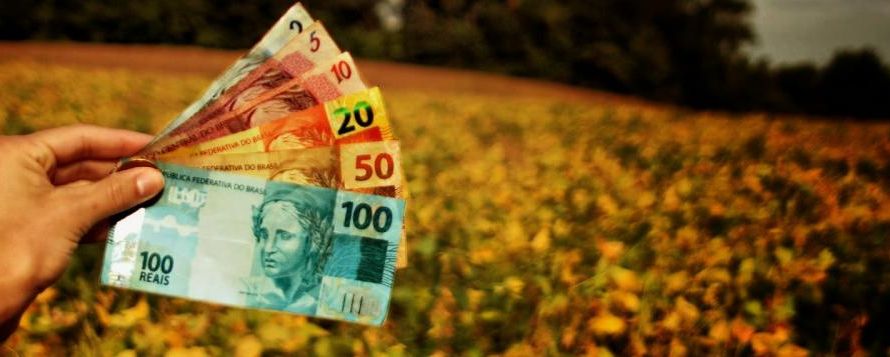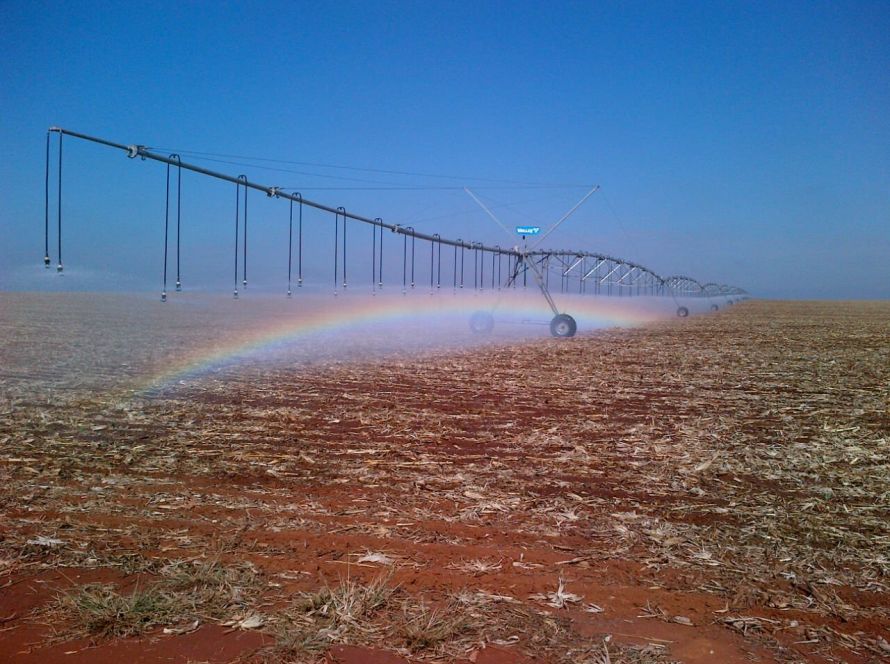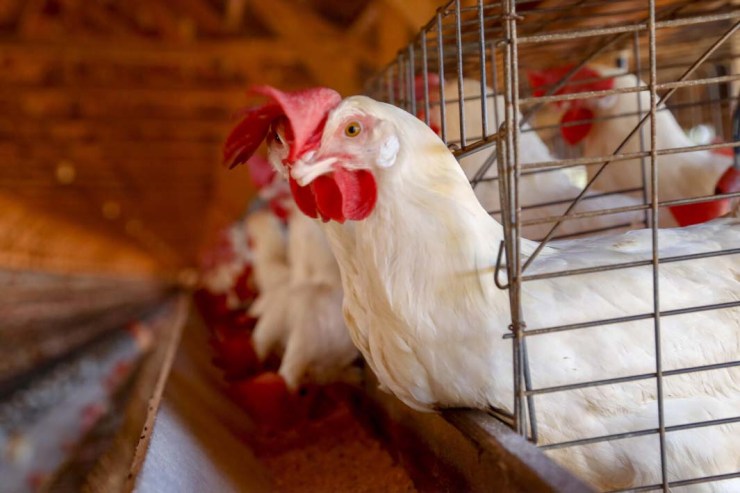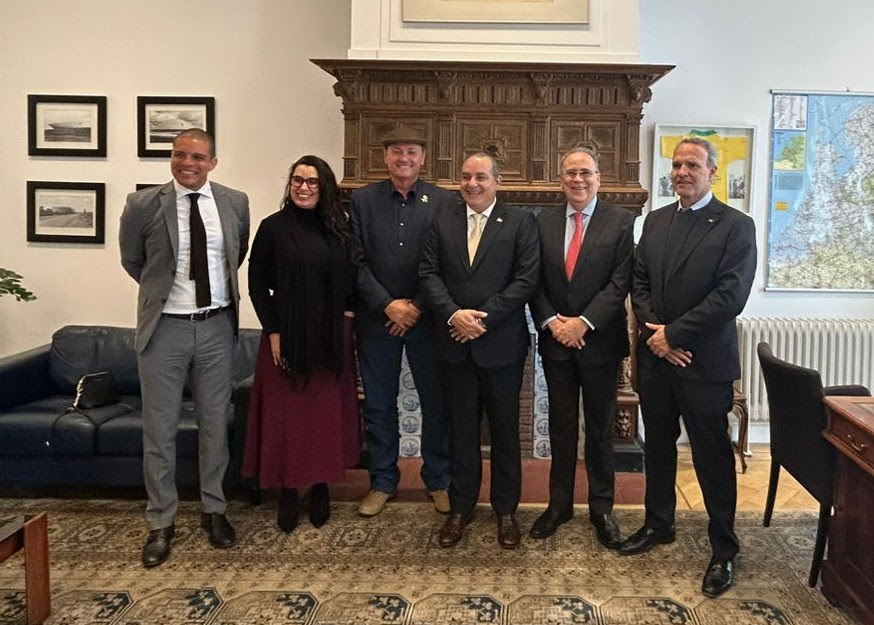From January to July of this year, Mato Grosso exported US$1,500,000 worth of beef offal. Compared to the same period in 2024, exports increased by US$1,500,000, representing growth of 25.51,000,000.
Beef offal is a non-traditional cut of meat—different from rump cap, sirloin cap, and sirloin—but it has great commercial value in other countries. This group includes viscera, such as liver, heart, and kidneys; head and derivatives, such as cheek, tongue, and brain; digestive tract, such as stomach and intestines; as well as tail, diaphragm, tendons, pancreas, and even testicles.
"Many of these products aren't widely consumed domestically in Brazil, but they're valued in markets in Asia, Africa, and Latin America, where they're part of traditional dishes or used by the food industry. China, for example, is a major buyer of beef liver and tendons," explains Valdecir Francisco Pinto Júnior, Information Management Analyst at the Mato Grosso Meat Institute (IMAC).
The main destination for the offal was Hong Kong, which purchased 32% of the giblets and tripe sold by the state during the period. Sales to this destination alone totaled US$15.3 million, including US$1.6 million worth of frozen beef tongue, which totaled 882 tons of exports, along with tails and tripe.
Also listed as major importers are Russia, which purchased US$1,500,000 worth of liver, tongue and other offal this year; Ivory Coast, which imported US$1,500,000 worth of liver, tongue and other offal this year; and Congo, which purchased US$1,500,000 worth of offal and tripe.
"Exports of offal are essential to the competitiveness of Mato Grosso beef. They allow for the full utilization of the animal, reduce waste, and generate value at every stage of production," says Valdecir.
In the first seven months of 2025, 26,500 tons of edible offal were exported. In 2024, the total volume was 39,500 tons, generating US$1,500,000 in exports.
In 2024, 54 countries imported offal from Mato Grosso's herd; in 2025, this number increased to 49. This year, new markets opened up for this type of export, such as Albania, Cape Verde, Cambodia, Kazakhstan, Macau, and Myanmar.
"Projections indicate that, with new health agreements and the opening of markets, such as Morocco — which we won this year — Mato Grosso will be able to significantly increase its sales in this segment in the coming years, further strengthening the presence of our meat in the world," reinforces the Imac analyst.





